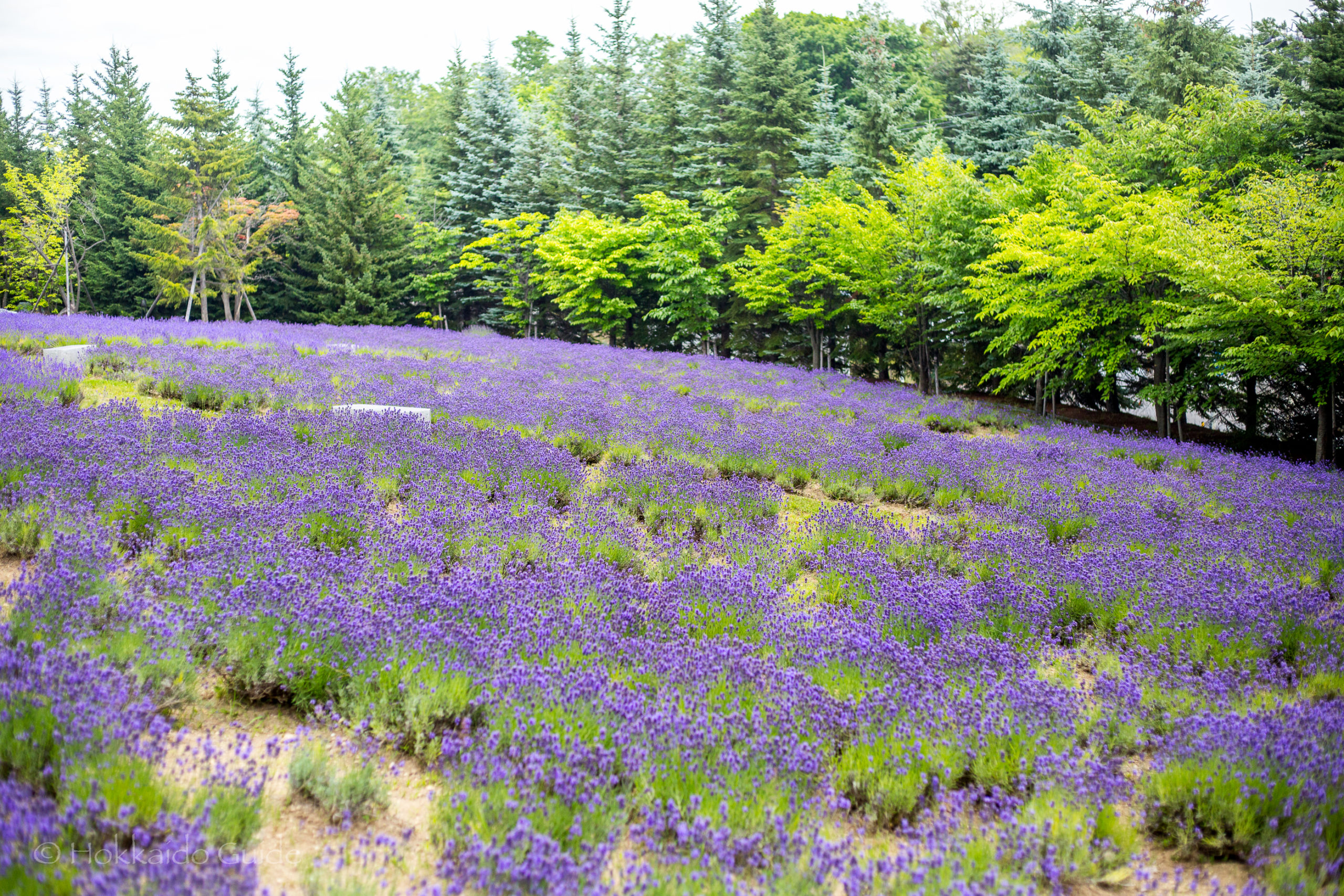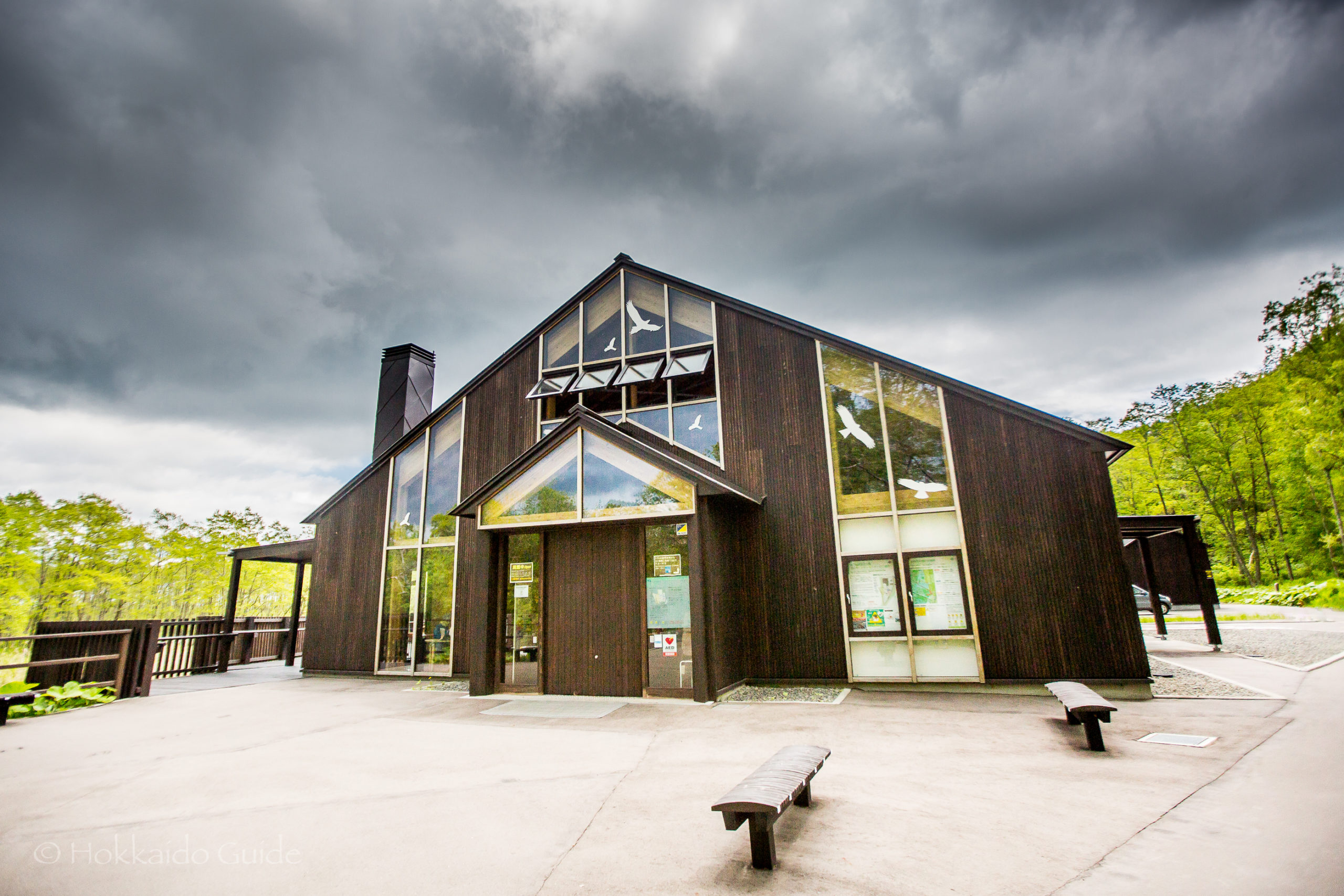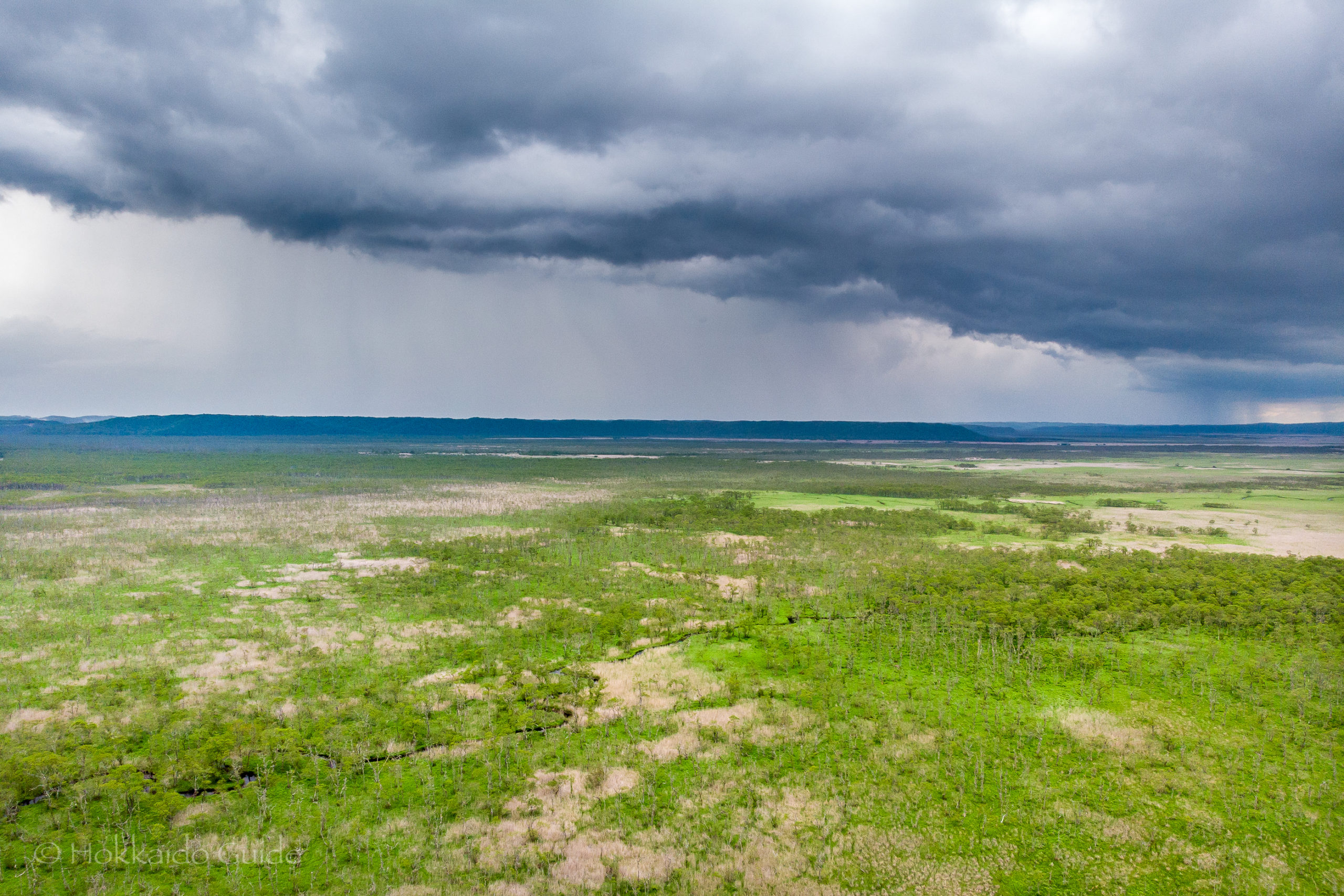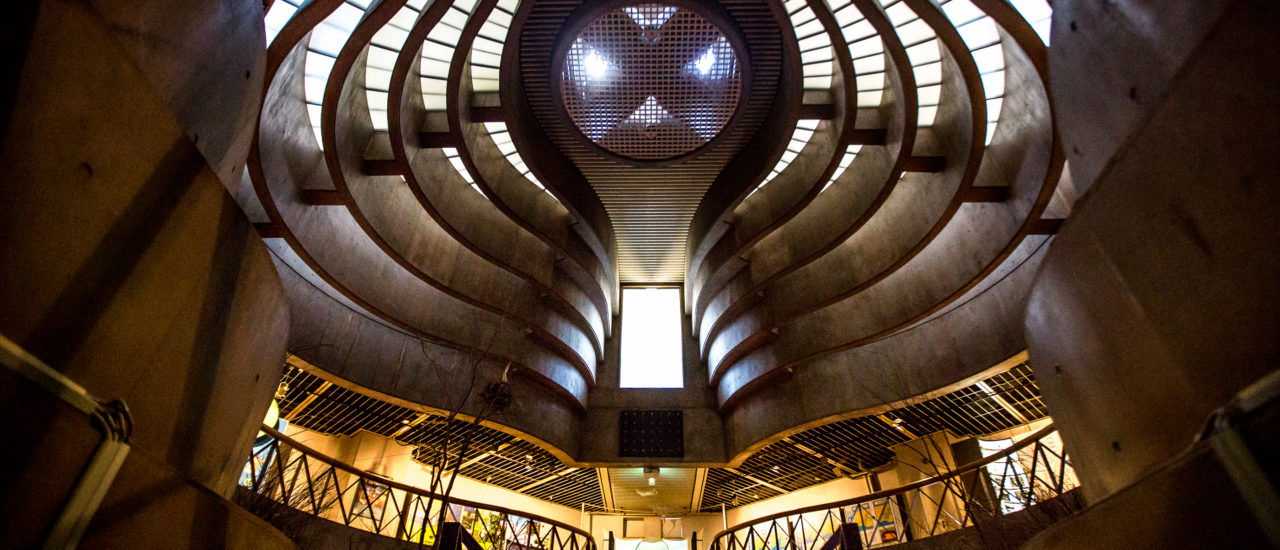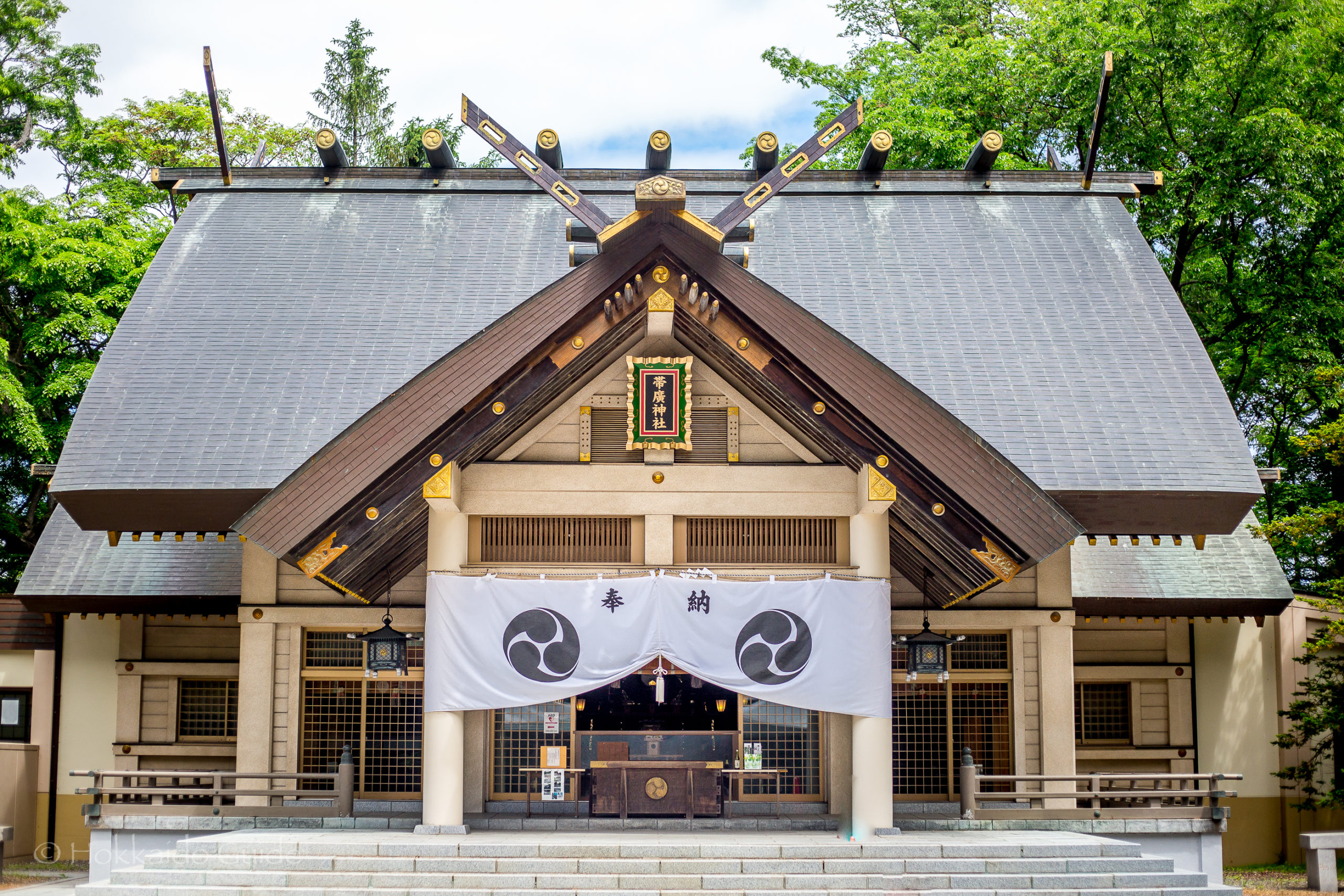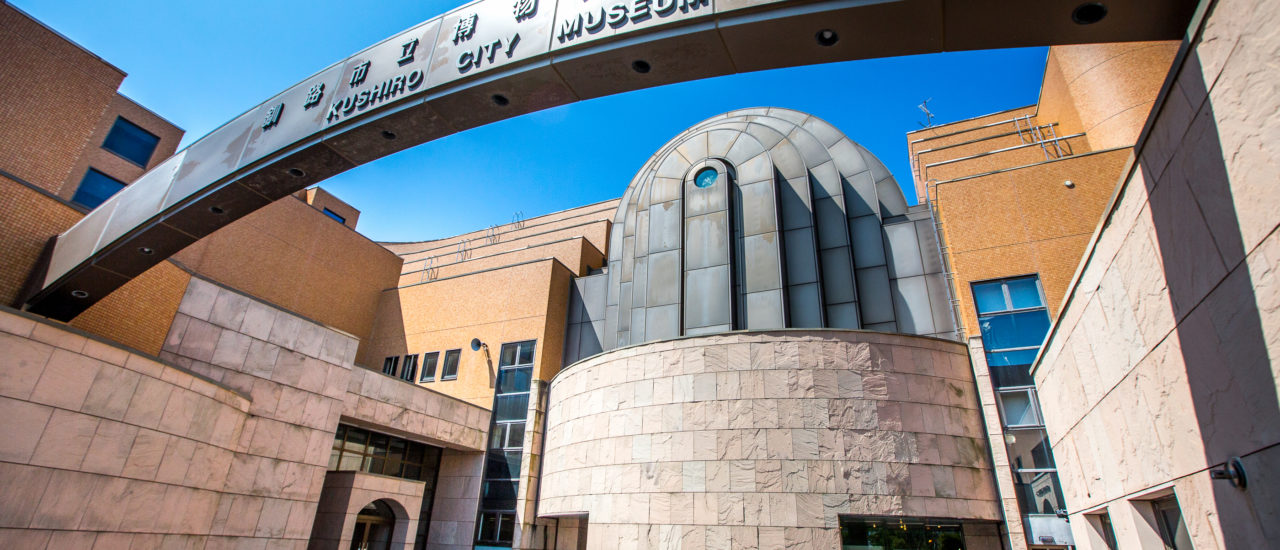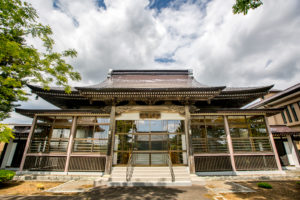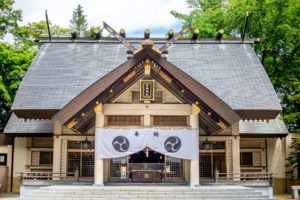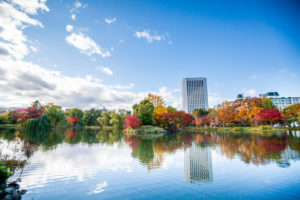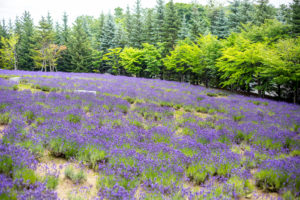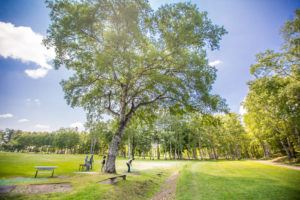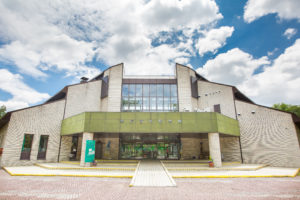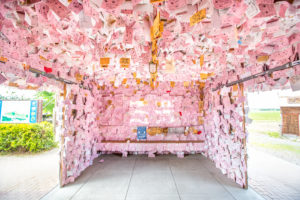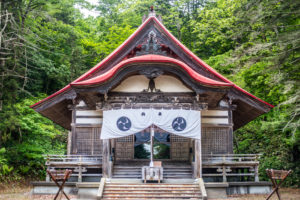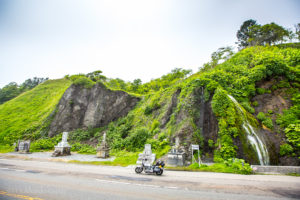
Central Hokkaido
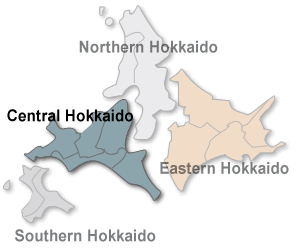 Central Hokkaido is the political and economic hub of this prefecture. The capital of Hokkaido, Sapporo, is located here as well as the port cities of Otaru and Muroran. The major airport of this prefecture is located in Chitose approximately 50 minutes by train from Sapporo. The area has beautiful parks, wildlife areas, ski & snow board mountains and large hot spring (“Onsen” ) areas.
Central Hokkaido is the political and economic hub of this prefecture. The capital of Hokkaido, Sapporo, is located here as well as the port cities of Otaru and Muroran. The major airport of this prefecture is located in Chitose approximately 50 minutes by train from Sapporo. The area has beautiful parks, wildlife areas, ski & snow board mountains and large hot spring (“Onsen” ) areas.
EVENTS | AREA TOP |
| CENTRAL HOKKAIDO CITIES | |
|---|---|
| - SAPPORO | - Noboribetsu |
| - Otaru | - Muroran |
- To see beautiful fields of lavender with stunning views, you don't need to travel all the way to Furano. Sapporo has a secret spot where you can enjoy these beautiful lavender fields, and its right on the edge of town!....
- In the Obihiro district there is an expanse of farmlands and wilderness. Between the city of Obihiro and Hiroo, you can find Kofukuji. This temple, also known as the 'happiness temple' is a Shinto temple that is just off the main highway highway off route 236
- In 1881, a man named Benzo Yoda and others from Shizuoka Prefecture organized a pioneer group called the "Bansei-sha". This group and settled inShimo-Obihiro Village and started pioneering. During this time, they started holding festivals and later built a small shrine, though the connection with the current Obihiro Shrine is still not well known.
- At one time Nakajima park was originally a lumber yard but after it stopped being used the locals put forth the notion that it be turned into a park so in 1887 Nakajima park was born. Covering 21 hectares Nakajima is one of the main parks situated in southern Sapporo. …
- Otaru City General Museum Canal Museum has an extensive collection that introduces the history of Otaru City including information on the natural environment. The exhibition includes 20,000 objects and materials in its collection. The museum is located by Otaru Canal and can be found in the 'former Otaru warehouse'.
- On the Tokai Sapporo School campus the grounds really comes alive with lavender. It is said that the south district of Sapporo, where the campus is located, is known as the birthplace of lavender cultivation in Japan.
- In 1881, a man named Benzo Yoda and others from Shizuoka Prefecture organized a pioneer group called the "Bansei-sha". This group and settled inShimo-Obihiro Village and started pioneering. During this time, they started holding festivals and later built a small shrine, though the connection with the current Obihiro Shrine is still not well known.
- This massive park is located in the middle of the city of Obihiro. Stretching to 50 hectares, this comprehensive park contains a park golf course, the Obihiro Zoo and the Obihiro Centennial Hall, plus walking trails and a pond.
- The Obihiro Centennial City Museum was opened back in 1982. It is part of Midorigaoka Park which also contains the Obihiro Zoo. This museum exhibits materials relating to the natural history and local history of Obihiro and the Tokachi region.
- In the Obihiro district there is an expanse of farmlands and wilderness. Between the city of Obihiro and Hiroo, you can find Kofukuji. This temple, also known as the 'happiness temple' is a Shinto temple that is just off the main highway highway off route 236
- Kōfuku Station is a closed railway station from the now defunct Hiroo line. The station originally opened on 1st November 1956, but the line, which went from Obihiro to Hiroo, was discontinued in 1987 bringing an end to the station. Even though the station closed down, it still remains a popular sightseeing spot for tourists.
- The beginnings of Toyoni Shrine dates back to August 1891. It all started as a simple and small garden shrine that was created by a settler, Kanjiro Inoue, who had made his way to the district of Hiroo. As a guardian deity of the area, he held a ritual of protection during the seasons of spring and autumn.
- Tokachi Shrine dates all the way back to June 1666. The shrine is located in the coastal town of Hiroo. Hundreds of years ago, the fishing industry here became strong. As the town prospered, so did the reverence of the deities.
- From Cape Erimo to the small town of Hiroo, there is a road that winds its way along the coast. Just fifteen minutes before the town of Hiroo, you can find the Funbe Falls. The road (route 336), that these falls are by, is known as the 'Golden Road'. This road was originally started in 1798 and cut through the steep and craggy Hidaka mountains.
Sapporo –
Odori Park
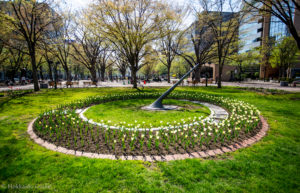
At the centre of the park
| Admission | - |
| Opening Hours | Various events are held throughout the year. |
| Closed | Parts of the park can be closed during construction phases of events. |
| Contact | - |
| Getting There | Odori, Chūō-ku, Sapporo-shi, Hokkaidō 060-0042, Japan Catch the subway to Oodori station. The park runs from the Sapporo TV Tower west for 13 blocks. |
Otaru –
Otaru Glassware
 Otaru Glassware is also well known throughout Japan and has had a long history. The glassworks originally made lanterns and other products for the first settlers in the region however, as the town expanded and the herring industry sprang to life the focus was changed to making glass buoys. When the herring industry suffered its major decline in the late 1950s the glassworks began producing ornamental pieces for direct sale to consumers and tourists. Today Otaru’s glass industry is thriving and many beautiful pieces are on display for pleasure and sale. Some major glass works are the Kitaichi Glass works, the Otaru Unga Kogeikan, “The Glass Ship” Warehouse and the Kitaichi Venetian Art Museum. It is possible to “make your own” glass item in some of the glass works such as ‘The Glass Studio’ and the ‘Otaru Unga Kogeikan’. If you wish to make your own item it is best to make a reservation, especially in summer if you have many people in your group. Top
Otaru Glassware is also well known throughout Japan and has had a long history. The glassworks originally made lanterns and other products for the first settlers in the region however, as the town expanded and the herring industry sprang to life the focus was changed to making glass buoys. When the herring industry suffered its major decline in the late 1950s the glassworks began producing ornamental pieces for direct sale to consumers and tourists. Today Otaru’s glass industry is thriving and many beautiful pieces are on display for pleasure and sale. Some major glass works are the Kitaichi Glass works, the Otaru Unga Kogeikan, “The Glass Ship” Warehouse and the Kitaichi Venetian Art Museum. It is possible to “make your own” glass item in some of the glass works such as ‘The Glass Studio’ and the ‘Otaru Unga Kogeikan’. If you wish to make your own item it is best to make a reservation, especially in summer if you have many people in your group. Top
| Admission | Most glassworks are free entry. To make your own glass item prices vary from about ¥500 to ¥2000. |
| Opening Hours | Most shops are open 9 : 30 am to 6 pm (a little later in summer) |
| Closed | - |
| Contact | Kitaichi Glassworks 0134 – 33 – 1993 The Glass Studio 0134 – 33 – 9390 Otaru Unga Kogei-kan 0134 – 29 – 1111 |
| Notes | - |
| Getting There | Most Glassworks are located near the canal area along Ironai dori. From Otaru Station walk toward the bay. About 10 min. |
Muroran –
Dolphin and Whale Watching Tours
 Hokkaido is one of the premier areas in Japan to go whale and dolphin watching. Muroran is well situated to view the whales on their annual migration through Volcano Bay. There are plenty of sightseeing boats available during the the summer months from about the end of April to the middle of August. Top
Hokkaido is one of the premier areas in Japan to go whale and dolphin watching. Muroran is well situated to view the whales on their annual migration through Volcano Bay. There are plenty of sightseeing boats available during the the summer months from about the end of April to the middle of August. Top
| Admission | Tours for adults start at about ¥5000 Tours for minors start at about ¥2500 |
| Opening Hours | - |
| Closed | - |
| Contact | (0143) 27 – 1822 For information & reservations |
| Getting There | - |
Noboribetsu –
Daiichi Takimotokan
 With one of Japan’s largest bath complexes and the oldest hotel in the Noboribetsu area Daiichi Takimotokan is a hot spring lovers delight. Firstestablished in 1858, the complex now has more than half a dozen modern buildings. Contained within these buildings are various mineral pools, waterfalls, walking pools, cold pools, steam room, and a swimming pool with slide. There are seven different kinds of mineral pools and outdoor and indoor pools.Top
With one of Japan’s largest bath complexes and the oldest hotel in the Noboribetsu area Daiichi Takimotokan is a hot spring lovers delight. Firstestablished in 1858, the complex now has more than half a dozen modern buildings. Contained within these buildings are various mineral pools, waterfalls, walking pools, cold pools, steam room, and a swimming pool with slide. There are seven different kinds of mineral pools and outdoor and indoor pools.Top
| Admission | Hotel Guests Free of Charge Non-Hotel Guests – ¥2 000 |
| Opening Hours | Hotel Guests Open 24hrs. Non-Hotel Guests – 9 am to 5 pm Daily |
| Closed | - |
| Contact | 0143 – 84 – 3322 |
| Getting There | - |

